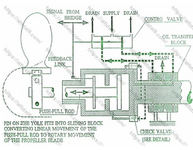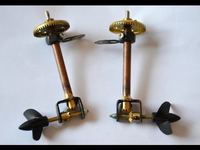
Multiple people injured after Mexican navy tall ship slams into Brooklyn Bridge in horrifying scene
A massive Mexican navy tall ship making a festive visit to New York slammed into the Brooklyn Bridge late Saturday — toppling its huge masts into the deck in a horrifying scene that left multiple c…




